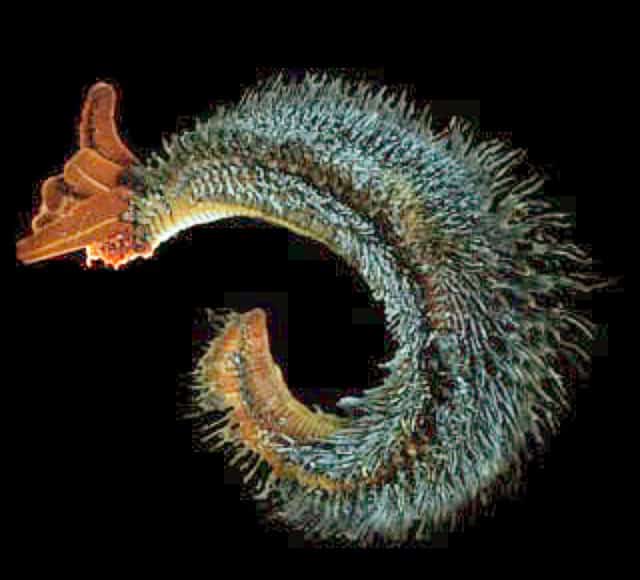In a world where most living beings are constantly searching for their next meal, there exists a fascinating group of creatures that have evolved remarkable adaptations allowing them to survive without conventional feeding. These extraordinary organisms challenge our fundamental understanding of life’s requirements and showcase nature’s incredible capacity for adaptation. From microscopic bacteria that harvest energy from chemicals to amphibians that can pause their metabolism for years, these creatures demonstrate that life finds a way even in the most extreme conditions. Join us as we explore 11 remarkable creatures that defy conventional biology by thriving without the need to eat in the traditional sense.
11. Olm (Proteus anguinus): The Cave-Dwelling Marathon Faster

Deep within the limestone caves of southeastern Europe lives the olm, a pale, blind salamander that has perfected the art of fasting. These remarkable amphibians can survive without food for an astonishing 10 years or more. Also known as “human fish” due to their pinkish, flesh-colored skin, olms have evolved a remarkably slow metabolism that allows them to conserve energy in their nutrient-poor cave environments. Their metabolic rate is so efficient that they utilize just 10% of the oxygen typical amphibians require.
When food is scarce—which is often the case in their isolated habitats—olms reduce their activity to near-zero and draw upon their substantial fat reserves. Their bodies also become incredibly efficient at recycling and reusing cellular components through a process called autophagy. Scientists studying these creatures have observed that they can lose up to 20% of their body mass during extended fasting periods yet remain perfectly healthy. This extreme adaptation allows olms to thrive in environments where prey is unpredictable and may only appear seasonally or during rare flooding events.
10. Tardigrades: Microscopic Survival Specialists
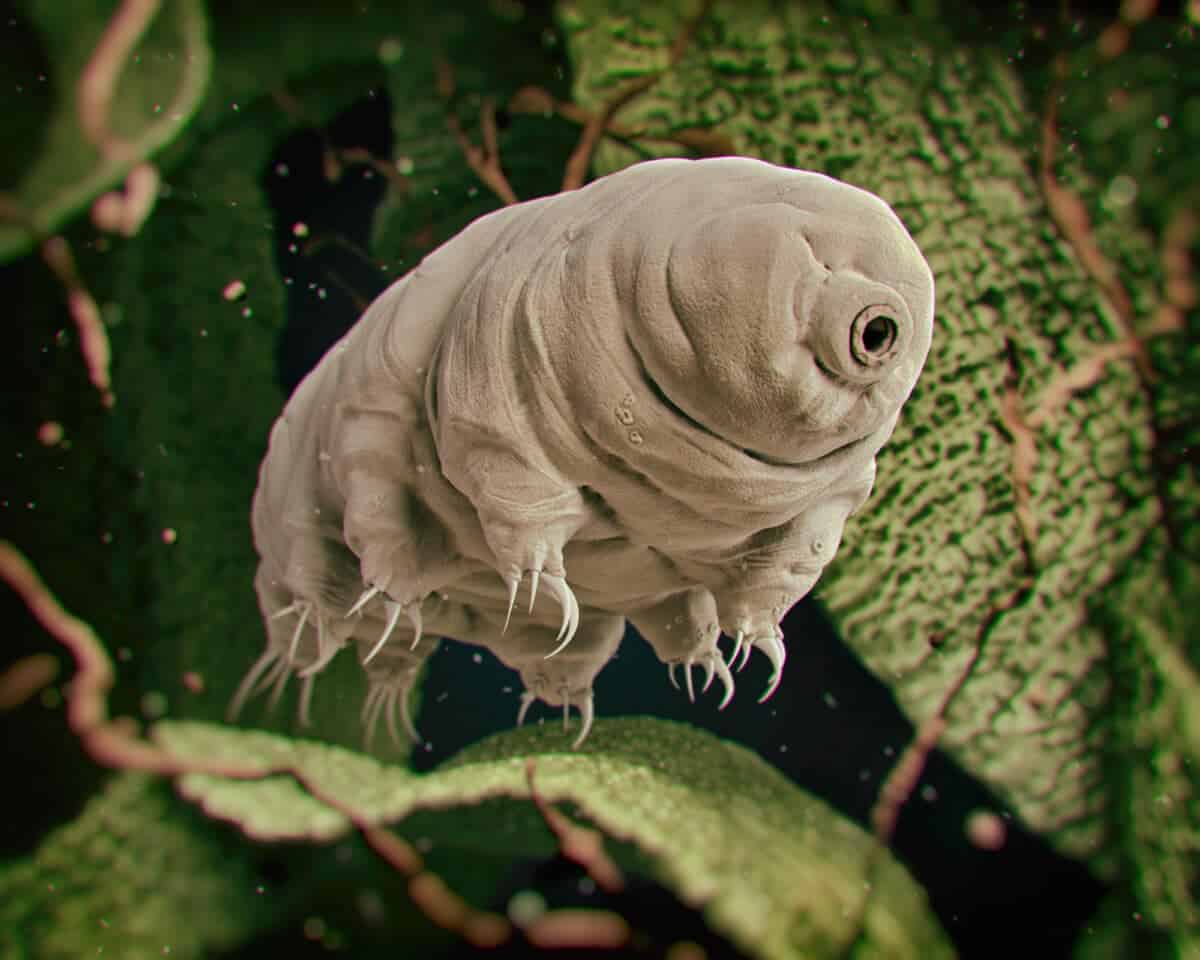
Tardigrades, often called water bears or moss piglets, are microscopic creatures renowned for their extraordinary survival capabilities. These eight-legged microanimals can enter a state called cryptobiosis when faced with extreme conditions, including food scarcity. During cryptobiosis, tardigrades expel almost all water from their bodies and reduce their metabolic activity to less than 0.01% of normal. In this suspended animation state, they can survive without food or water for up to 30 years.
What makes tardigrades truly remarkable is their ability to withstand virtually any environmental extreme while in this dormant state. They can endure temperatures from near absolute zero (-458°F/-272°C) to well above boiling, pressure six times greater than the deepest ocean trenches, radiation levels thousands of times higher than what would kill a human, and even the vacuum of space. When favorable conditions return, these resilient creatures simply rehydrate and resume their normal activities within hours, as if nothing happened. This unparalleled survival strategy explains why tardigrades have existed for over 500 million years and can be found in environments ranging from mountaintops to deep sea sediments.
9. Bacteria That Feed on Rock and Air
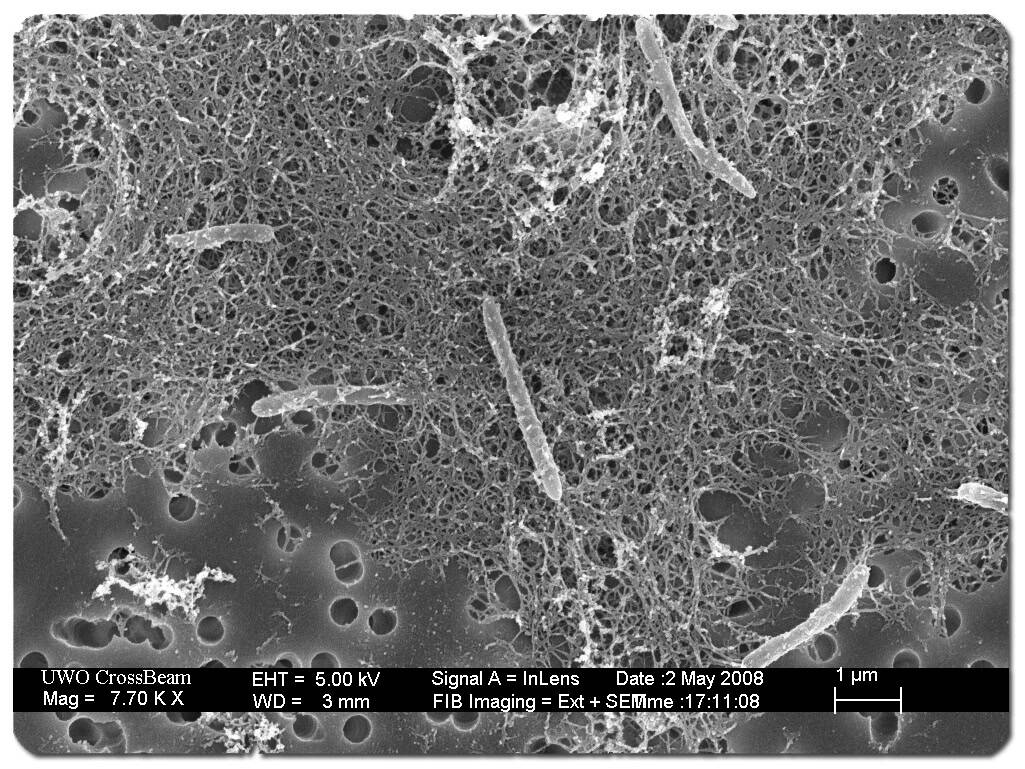
In the depths of Earth’s crust, scientists have discovered bacteria that survive without consuming organic food at all. These remarkable microorganisms, including species like Desulforudis audaxviator, obtain energy by chemically processing inorganic compounds found in rocks. Through a process called chemolithotrophy, these bacteria extract electrons from minerals such as iron, sulfur, and hydrogen to power their cellular functions—essentially “eating” rocks rather than organic matter.
Some bacteria take this independence even further by combining chemolithotrophy with carbon fixation, allowing them to create all necessary cellular components from carbon dioxide in the air. For instance, hydrogen-oxidizing bacteria can survive solely on a diet of hydrogen gas, oxygen, carbon dioxide, and trace minerals. These microbes represent some of Earth’s most self-sufficient organisms and likely resemble early life forms that existed before photosynthesis evolved. Their discovery has revolutionized our understanding of life’s requirements and expanded the potential environments where we might find life elsewhere in the universe, including subsurface environments on Mars or icy moons like Europa.
8. Hydra: The Immortal Polyp That Can Skip Meals
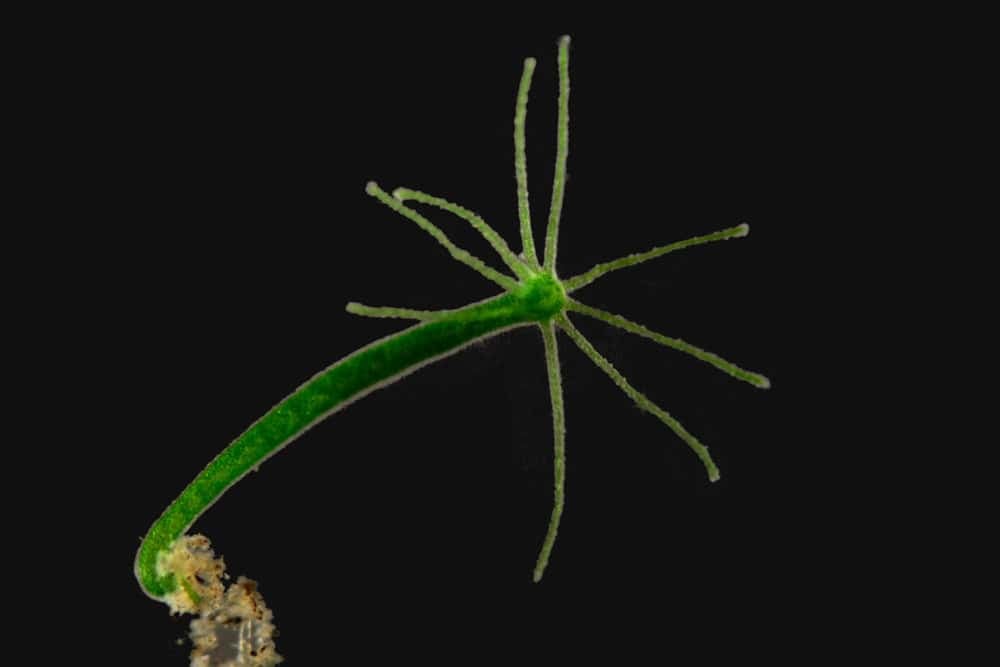
Hydras are small, freshwater relatives of jellyfish and coral that possess remarkable fasting abilities paired with biological immortality. These simple tube-shaped animals can survive for years without feeding by dramatically reducing their body size and slowing their metabolism. When food becomes scarce, hydras undergo a controlled degrowth process, shrinking to as little as 1/20th of their normal size while maintaining their basic body structure and functionality.
What makes hydras particularly fascinating is that they don’t age in the conventional sense. Their bodies contain an abundance of stem cells that continuously replace specialized cells, effectively making them biologically immortal under ideal conditions. This cellular renewal system, combined with their ability to drastically reduce their energy requirements during fasting, means hydras can theoretically live indefinitely. Their remarkable regenerative abilities also allow them to regrow their entire body from small fragments. When food becomes available again, hydras rapidly return to their normal size and continue their potentially endless lifespan, making them one of nature’s most resilient creatures.
7. Desert Pupfish: Masters of Metabolic Depression
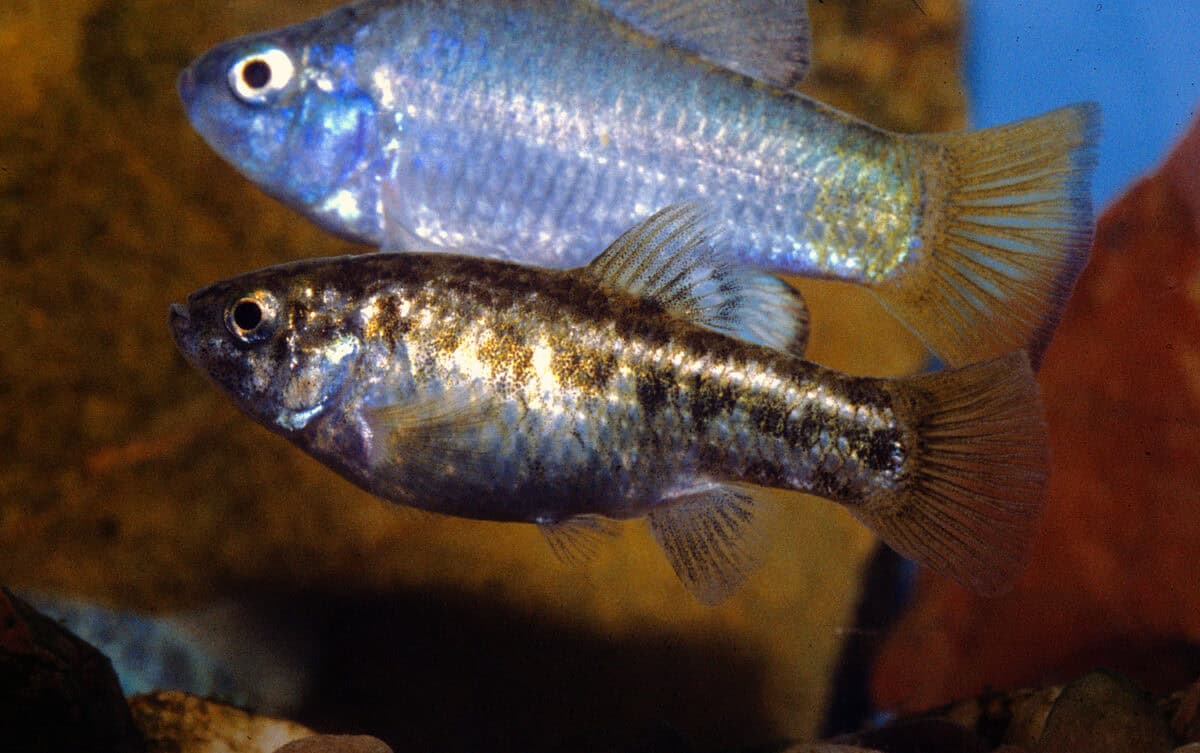
In the harsh, isolated desert pools of the American Southwest live the desert pupfish, small but extraordinarily tough creatures that have evolved to survive in conditions that would kill most aquatic life. These remarkable fish can endure extreme temperature fluctuations, water with three times the salinity of seawater, and oxygen levels so low they would suffocate most other fish. Perhaps most impressively, desert pupfish can survive without food for months by entering a state of metabolic depression.
During periods of scarcity, desert pupfish reduce their energy expenditure by up to 80% compared to their normal metabolic rate. They accomplish this by lowering their activity levels, slowing their heart rate, and temporarily shutting down non-essential physiological processes. Their specialized enzymes and cellular proteins remain functional even under extreme temperature and pH conditions that would denature normal proteins. When favorable conditions return, these resilient fish quickly resume normal activity and reproduction, often producing multiple generations within a short favorable season to ensure their population’s survival through the next period of scarcity.
6. Antarctic Ice Fish: Cold-Adapted Fasting Champions

In the frigid waters surrounding Antarctica lives a group of fish that have evolved extraordinary adaptations for surviving long periods without food. Antarctic ice fish, including species from the Channichthyidae family, are the only adult vertebrates that lack hemoglobin, giving them translucent white blood. This unique adaptation reduces their energy requirements, as they don’t need to produce red blood cells. Instead, they absorb oxygen directly through their unusually large hearts and extensive blood vessel networks.
These remarkable fish have synchronized their life cycles with the extreme seasonal variations of the Antarctic environment. During the dark winter months when food is scarce, ice fish can reduce their metabolic rate by up to 65% and survive on stored energy reserves for up to 200 days without eating. Their bodies contain specialized antifreeze proteins that prevent ice crystal formation in their tissues despite living in waters that can be colder than the freezing point of their bodily fluids. When the Antarctic summer brings plankton blooms, these efficient predators rapidly build fat reserves to prepare for the next fasting period, demonstrating a perfectly adapted annual cycle of feast and famine.
5. Loricifera: Anaerobic Multicellular Pioneers

In 2010, scientists made a groundbreaking discovery in the Mediterranean Sea’s L’Atalante Basin, a deep hypersaline anoxic basin completely devoid of oxygen. There, they found species of Loricifera—tiny multicellular animals less than a millimeter long—thriving in conditions previously thought impossible for complex life. These remarkable creatures are the only known multicellular animals that can complete their entire life cycle in a totally oxygen-free environment, challenging our fundamental understanding of animal physiology.
Unlike most animals that require mitochondria for aerobic respiration, these loriciferans have evolved to use hydrogenosomes—organelles similar to mitochondria but adapted for anaerobic metabolism. Instead of consuming organic matter through conventional feeding, they derive energy through symbiotic relationships with sulfur-processing bacteria that can utilize the abundant hydrogen sulfide in their environment. This revolutionary discovery revealed that complex multicellular life can exist through completely different metabolic pathways than previously known, expanding our understanding of life’s adaptability and raising intriguing possibilities about what forms of life might exist in extreme environments on Earth or potentially on other planets.
4. Alvinella pompejana: The Thermal Limit Pusher

Living on the edge of underwater hydrothermal vents in the Pacific Ocean is Alvinella pompejana, commonly known as the Pompeii worm. This remarkable creature holds the record for the highest temperature tolerance of any known animal, thriving in an environment where its head may experience comfortable 72°F (22°C) water while its tail endures scorching temperatures up to 176°F (80°C). What makes this even more extraordinary is that these worms can survive extended periods without conventional feeding by relying on a complex symbiotic relationship with chemosynthetic bacteria.
The Pompeii worm’s back is covered with a fleece-like layer of bacteria that form a mutually beneficial relationship with their host. These bacteria can convert the toxic chemicals from the hydrothermal vents—including hydrogen sulfide, methane, and heavy metals—into organic compounds that nourish the worm. In return, the bacteria receive a stable habitat. This relationship is so efficient that the worms can survive long periods when external food sources are unavailable. The bacteria even help detoxify the extreme environment, protecting the worm from chemicals that would be lethal to most other creatures. This remarkable symbiosis represents one of nature’s most successful adaptations to life in one of Earth’s most extreme environments.
3. Bdelloid Rotifers: Cryptobiotic Survivors
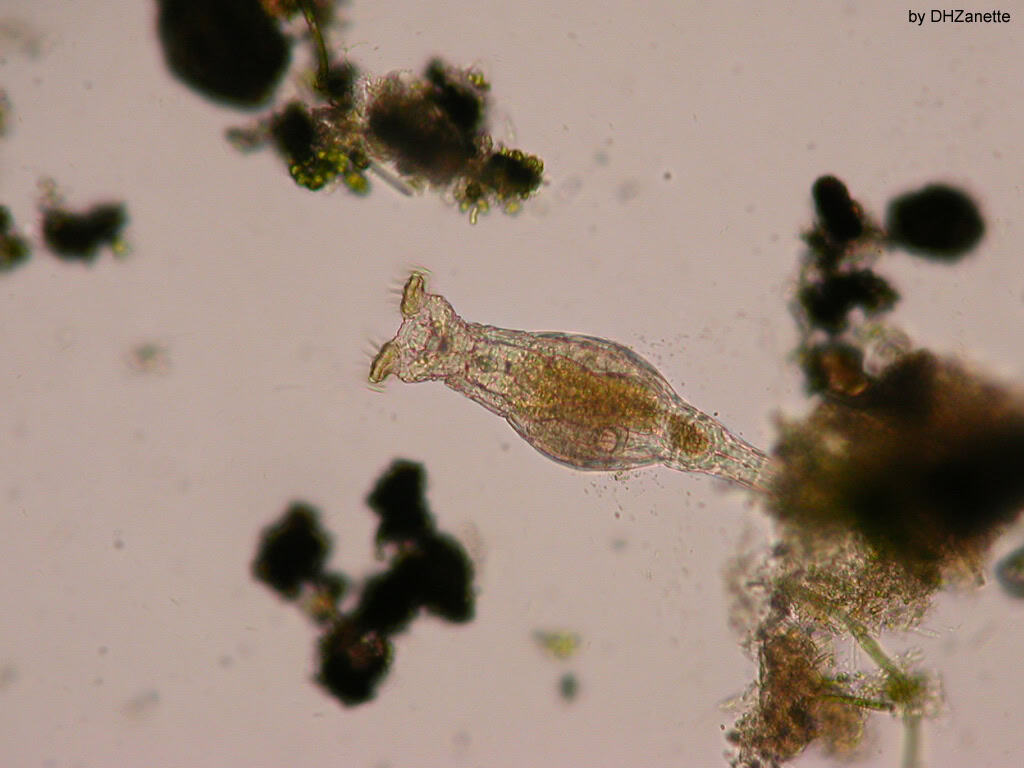
Bdelloid rotifers are microscopic aquatic animals with an almost supernatural ability to survive without food or water. These tiny creatures can enter a state of anhydrobiosis—complete dehydration—when their habitats dry up. In this desiccated state, they can remain viable for extraordinary periods, with documented cases of rotifers reviving after 24,000 years frozen in Siberian permafrost. During anhydrobiosis, their metabolism completely halts, and they produce specialized proteins and sugars that preserve their cellular structures, essentially entering a state between life and death.
What makes bdelloid rotifers even more remarkable is their unparalleled radiation resistance and genomic flexibility. When rehydrated after prolonged dormancy, they can repair extensive DNA damage caused by background radiation during their suspended animation. These resilient creatures also incorporate foreign DNA from their environment into their genomes, acquiring new genes from bacteria, fungi, and plants. This horizontal gene transfer, combined with their all-female reproduction through parthenogenesis, has allowed bdelloid rotifers to survive for over 40 million years without sexual reproduction—a phenomenon known as the “evolutionary scandal.” Their ability to essentially time-travel through extended periods of complete metabolic shutdown represents one of the most extreme survival strategies in the animal kingdom.
2. Endoliths: Life Inside Rock
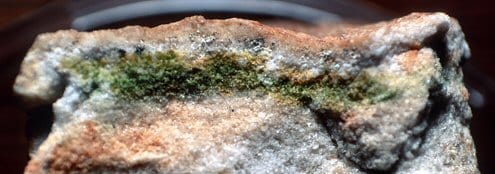
Hidden within rocks across our planet exist some of Earth’s most extraordinary organisms—endoliths. These specialized microbes live inside rock pores and fractures, sometimes penetrating several kilometers into Earth’s crust. Unlike conventional organisms that require regular food intake, endoliths can survive on minimal resources by maintaining extraordinarily slow metabolic rates. Some species divide only once every hundred or even thousand years, making them among the slowest-living organisms known to science.
Endoliths obtain energy through various unique mechanisms depending on their specific environment. Some use chemolithotrophy to derive energy from the minerals in their rock homes, while others capture the scant light that penetrates translucent rocks like gypsum or quartz for photosynthesis. In the most extreme cases, researchers have discovered endoliths in deep subsurface environments that derive energy solely from the radioactive decay of elements in the surrounding rock. These organisms represent life at its absolute metabolic minimum and may closely resemble the kinds of life that could potentially exist in the subsurface of Mars or other seemingly inhospitable planetary bodies. Their existence pushes the boundaries of what we consider the minimum requirements for life and demonstrates nature’s extraordinary adaptability.
1. Sea Anemones: The Patient Predators
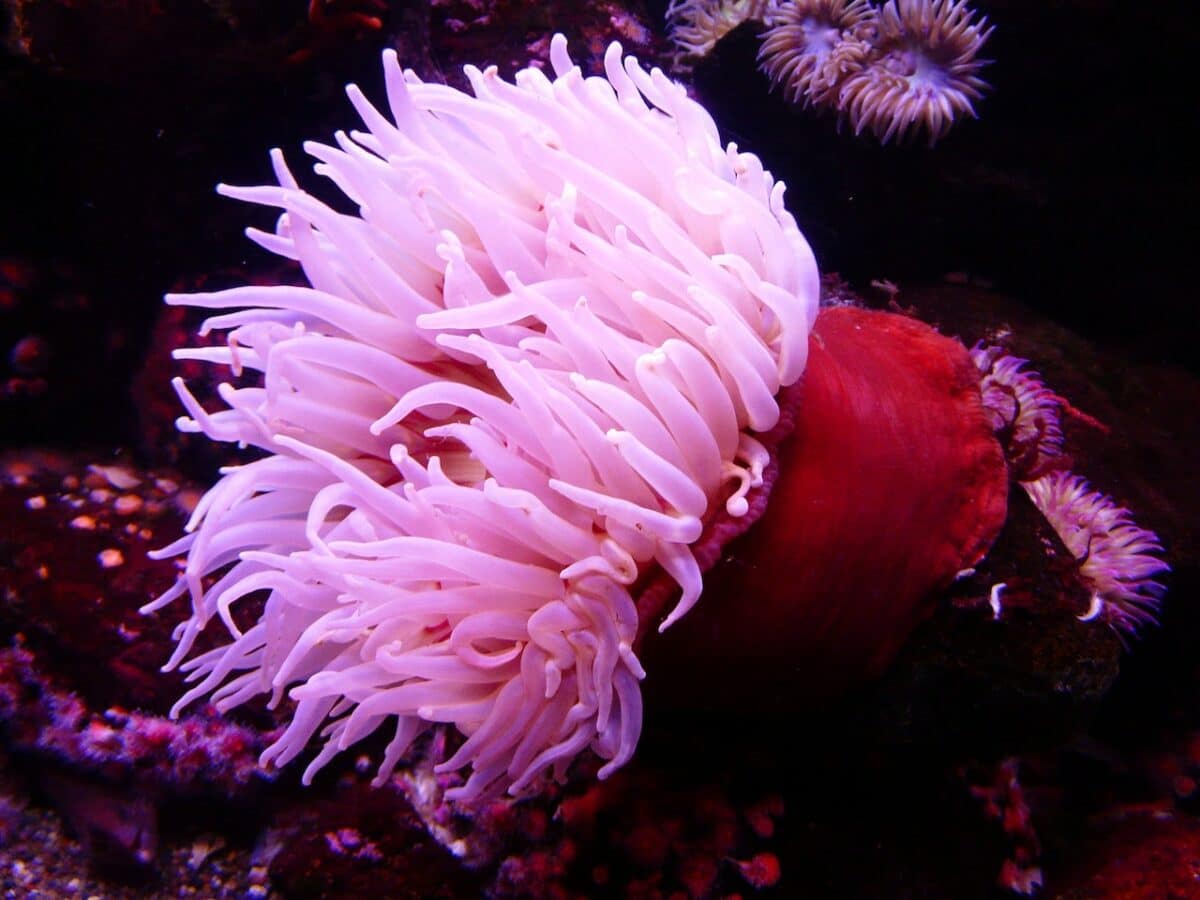
Sea anemones possess a remarkable ability to survive extended periods without food, with some species capable of fasting for over six months without apparent ill effects. These deceptively simple-looking creatures—relatives of corals and jellyfish—have evolved highly efficient metabolic systems that allow them to drastically reduce their energy expenditure during lean times. When food is scarce, sea anemones can decrease their metabolism by up to 90% and slowly consume their own tissues through a controlled process that prioritizes non-essential cells while preserving vital structures.
What makes sea anemones particularly interesting is their dual energy strategy. While they are primarily predators that capture prey with their stinging tentacles, many species also host symbiotic algae within their tissues. These algae, known as zooxanthellae, photosynthesize and share nutrients with their host, providing a supplementary energy source. This relationship allows some anemone species to survive almost indefinitely without capturing prey as long as they receive adequate light. Additionally, certain deep-sea anemones have evolved to absorb dissolved organic matter directly from seawater through their epidermis, further reducing their reliance on conventional feeding. These adaptations demonstrate how these ancient animals—which have existed for over 600 million years—have mastered the art of energy conservation and resource optimization.
As we continue to explore Earth’s most extreme environments and discover more exceptional organisms, we’ll undoubtedly uncover even more creatures that defy our expectations about life’s basic requirements. These biological pioneers will continue to expand our understanding of what’s possible and remind us that nature’s ingenuity far exceeds our imagination.
- Do Cats Dream? What Sleep Studies Reveal - August 20, 2025
- 11 Wild Animals You Won’t Believe Are Living in Your Backyard - August 20, 2025
- How Birds Navigate Thousands of Miles Without GPS - August 20, 2025

